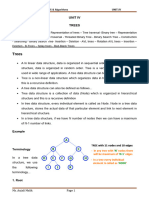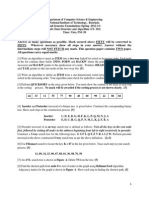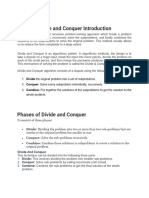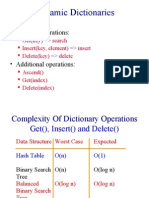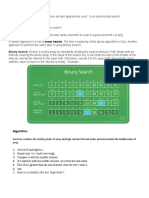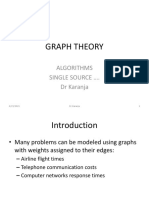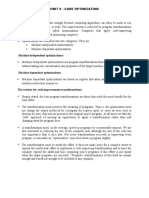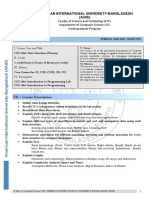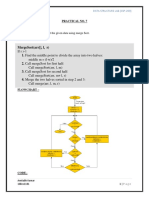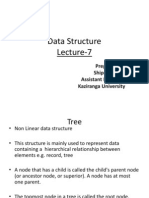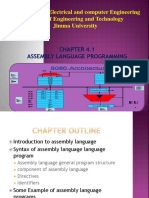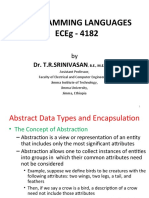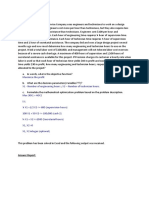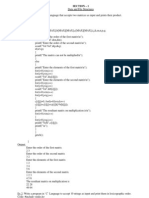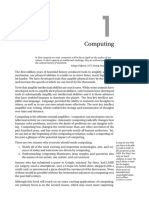0% found this document useful (0 votes)
318 views39 pagesModule 3 - Trees
This document defines and explains trees and binary trees. It begins by defining trees as a set of nodes with a root node and subtrees. It then defines terminology used in trees like parent, child, ancestor, and descendant nodes. The document goes on to specifically define binary trees and their properties, representations, traversal methods like preorder and postorder, and types of binary trees. It concludes by defining binary search trees and balanced binary search trees like AVL trees, and explains tree rotation techniques used to balance AVL trees.
Uploaded by
sagniCopyright
© © All Rights Reserved
We take content rights seriously. If you suspect this is your content, claim it here.
Available Formats
Download as PPT, PDF, TXT or read online on Scribd
0% found this document useful (0 votes)
318 views39 pagesModule 3 - Trees
This document defines and explains trees and binary trees. It begins by defining trees as a set of nodes with a root node and subtrees. It then defines terminology used in trees like parent, child, ancestor, and descendant nodes. The document goes on to specifically define binary trees and their properties, representations, traversal methods like preorder and postorder, and types of binary trees. It concludes by defining binary search trees and balanced binary search trees like AVL trees, and explains tree rotation techniques used to balance AVL trees.
Uploaded by
sagniCopyright
© © All Rights Reserved
We take content rights seriously. If you suspect this is your content, claim it here.
Available Formats
Download as PPT, PDF, TXT or read online on Scribd
/ 39






